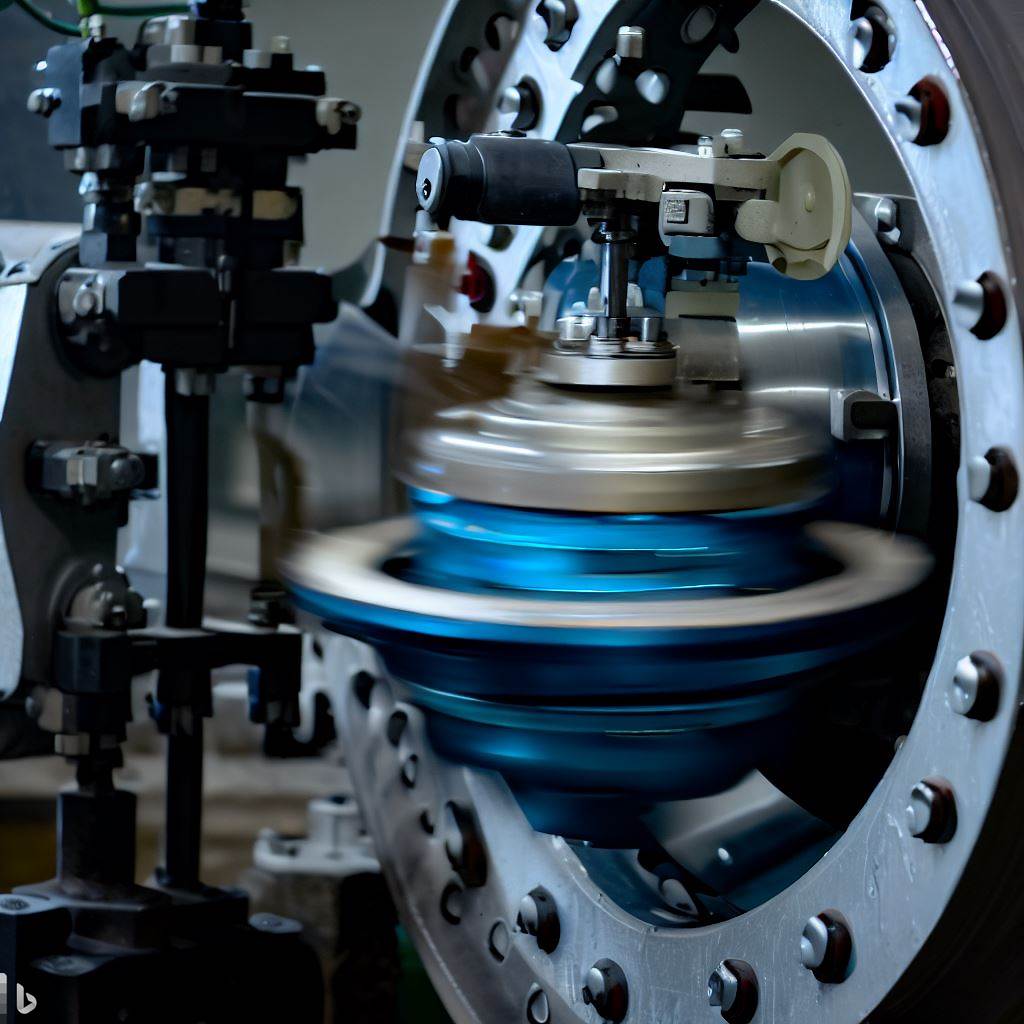Butterfly valves are commonly used in various industries, such as food and beverage, chemical processing, and water treatment. They are versatile and can be used for on/off control or throttling applications, making them a popular choice for many applications. However, whether a butterfly valve can be used as a control valve depends on the specific requirements of the application.
Advantages of Butterfly Valves as Control Valves:
• Cost-effective: Butterfly valves are generally less expensive than other types of control valves. This is because they are simple in design, consisting of only a few components, which makes them easy to manufacture and maintain.
• Light in weight: Butterfly valves are usually lighter than other types of valves, which makes them easier to install and handle. This can be particularly useful when large valves are required, as their lighter weight can reduce the need for additional support structures.
• Easy to operate: Butterfly valves are easy to operate, as they require only a quarter-turn of the valve handle to open or close. This can be particularly useful in applications where the valve needs to be operated frequently.
• Low pressure drop: Butterfly valves have a low pressure drop across the valve when fully open, which means that they can be used in applications where pressure loss is a concern.
Disadvantages of Butterfly Valves as Control Valves:
• Limited accuracy: Butterfly valves are not as accurate as other types of control valves when it comes to flow regulation. This is because they have a nonlinear flow characteristic, which means that changes in the valve position do not result in proportional changes in flow rate.
• Limited control range: Butterfly valves have a limited control range, which means that they may not be suitable for applications that require precise control of flow rate over a wide range of operating conditions.
• Susceptible to cavitation: Butterfly valves can be susceptible to cavitation, which is the formation of vapor bubbles in a liquid due to a rapid change in pressure. This can lead to erosion and damage to the valve over time.
• Limited temperature range: Butterfly valves are not suitable for high-temperature applications, as the elastomeric seat materials used in butterfly valves can become damaged at high temperatures.
In summary, butterfly valves can be used as control valves in certain applications, but they may not be the best choice for applications that require precise control of flow rate or have high-temperature requirements. They are cost-effective, easy to operate, and have a low pressure drop, but have limited accuracy and control range, and can be susceptible to cavitation. It is important to consider the specific needs of your application and consult with a valve expert to determine the best type of valve for your needs.
